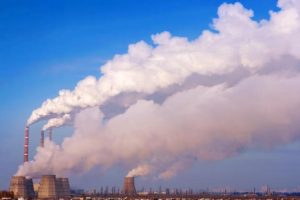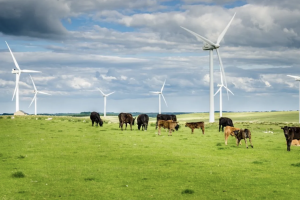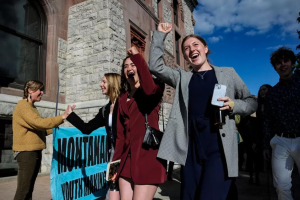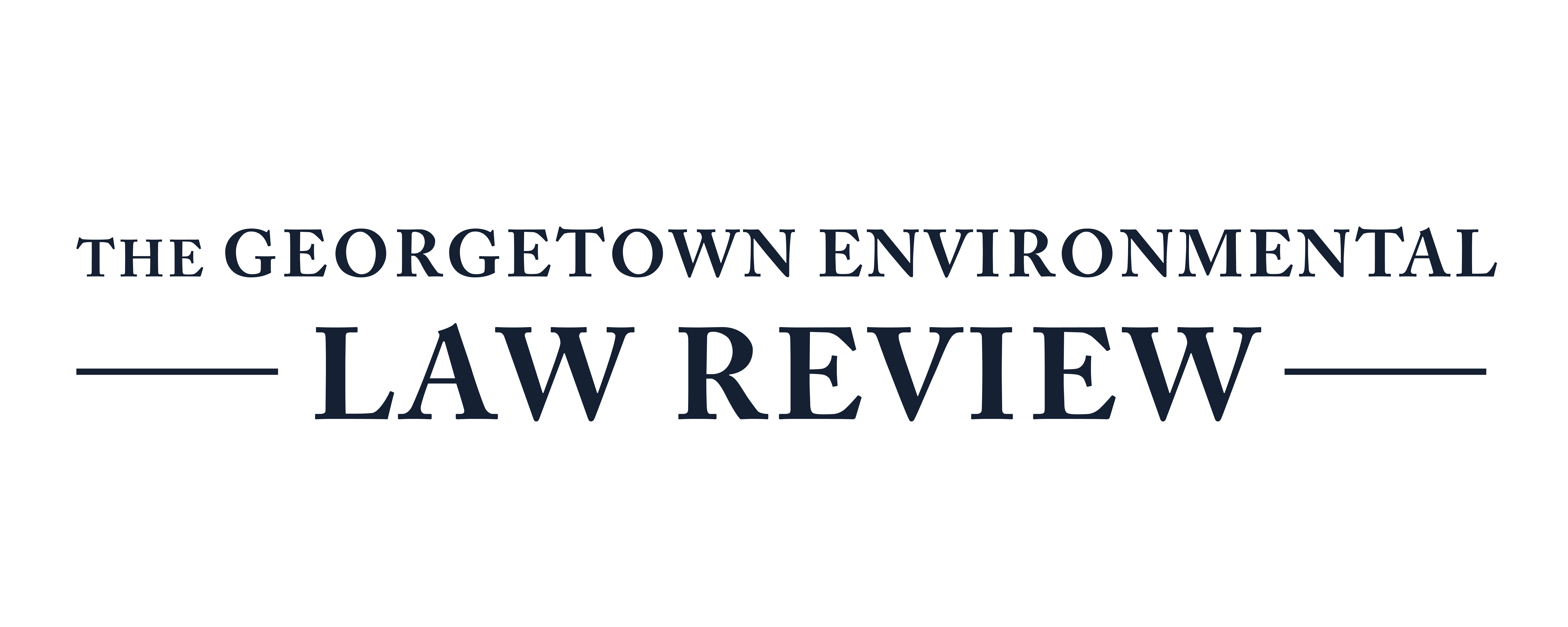 February 8, 2024
by Nicholas Alois
Climate change
Regulations
State and Local
February 8, 2024
by Nicholas Alois
Climate change
Regulations
State and Local
Last summer, Ludlow, Vermont, experienced devasting flooding after several inches of rain fell in the area in one day. In this article, Nicholas Alois discusses the flood’s impact on the community, the long rebuild process, and recommended flood prevention and mitigation efforts moving forward.
 February 7, 2024
by Andrew Lloyd Bellah
Climate change
Regulations
February 7, 2024
by Andrew Lloyd Bellah
Climate change
Regulations
Proposed changes to regulations affecting banks in the United States could potentially jeopardize wind, solar and other renewable energy projects that have relied on tax-equity financing to get off the ground, drawing criticism to regulators charged with the long-term stability of the financial system. The proposed rules, which require banks to hold greater reserves against direct investments in clean energy projects, play into a broader debate over whether a transition to sustainable energy and mitigating the existential risk of climate change fall within the purview of the Fed and other financial regulators.
 February 1, 2024
by Samantha Cristol
Climate change
Sustainability
February 1, 2024
by Samantha Cristol
Climate change
Sustainability
The construction industry has a complicated relationship with climate change. This post examines how legal tools can be used to simultaneously encourage emissions reduction and increase community resilience.
 January 29, 2024
by Mary Bush
Air
International
Natural Resources
January 29, 2024
by Mary Bush
Air
International
Natural Resources
As air pollution and global warming worsens across the United States, attorneys are looking to the Atmospheric Trust Doctrine to hold states accountable for their pollution.
 January 25, 2024
by Zak Handler
Public Lands
State and Local
January 25, 2024
by Zak Handler
Public Lands
State and Local
Access to nature is tremendously important to human health and wellbeing; however, it is not equitably distributed. This post examines the law governing disability access to public lands and offers suggestions for improving access.
 January 5, 2024
by Eli Merkadeau
Climate change
Regulations
State and Local
January 5, 2024
by Eli Merkadeau
Climate change
Regulations
State and Local
Against the backdrop of a Supreme Court highly skeptical of agency action, the meat industry has seen legislation from both states seeking environmental improvements and states looking to support their meat producers. Given the Court’s willingness to defer to impactful state legislation, states may be allowed to duke it out and try to exert control over the production of meat and meat alternatives on a national level.
 December 4, 2023
by Bill Shultz
Regulations
State and Local
Water
December 4, 2023
by Bill Shultz
Regulations
State and Local
Water
Concentrated animal feeding operations are explicitly named as a point source under the Clean Water Act, but the EPA has been woefully ineffective at monitoring and regulating manure discharges, leaving water and human health at risk.
 November 30, 2023
by Giancarlo Vargas
Endangered Species
State and Local
Wildlife
November 30, 2023
by Giancarlo Vargas
Endangered Species
State and Local
Wildlife
Each year in the United States, hundreds of millions of birds die after colliding with glass structures they cannot see. In the absence of federal action, cities and states are taking the lead to adopt bird-friendly architecture and policies.
 November 20, 2023
by Rachel Garwin
Climate change
State and Local
Sustainability
November 20, 2023
by Rachel Garwin
Climate change
State and Local
Sustainability
Can broadening visions for climate action and building solidarity across social movements protect against climate anxiety and encourage the urgent emissions reductions needed by the end of the decade?
 November 16, 2023
by Matthew Grabianski
Climate change
Litigation
State and Local
November 16, 2023
by Matthew Grabianski
Climate change
Litigation
State and Local
Held v. Montana,[1] decided by Montana state court Judge Kathy Seeley last August, is already widely recognized as a landmark case in environmental law.[2] Much has been written about the ruling, which struck down a Montana provision that forbade state…











